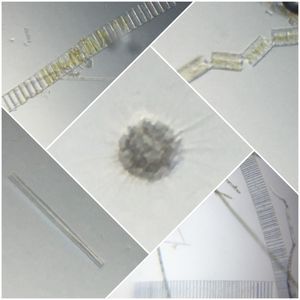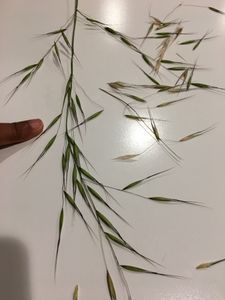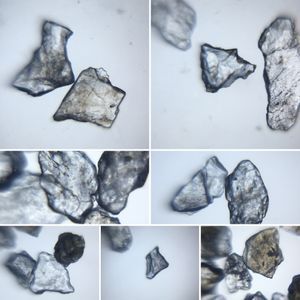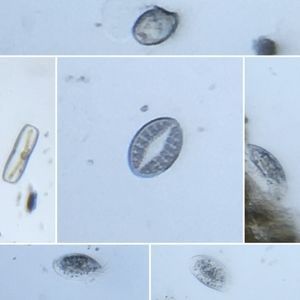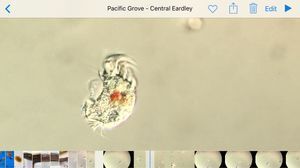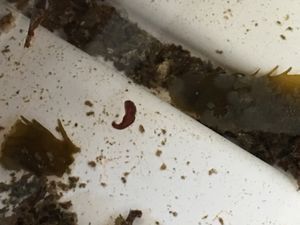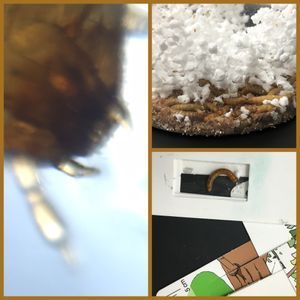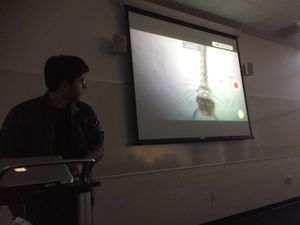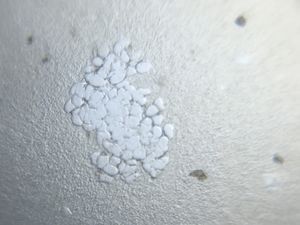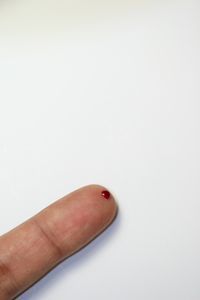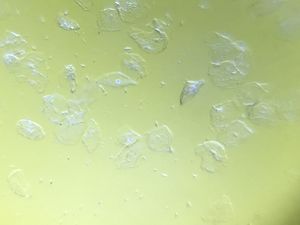In fall. When leaves fall..
 Dec 01, 2015 • 7:13 PM UTC
Dec 01, 2015 • 7:13 PM UTC United States
United States 140x Magnification
140x Magnification Fungi
Fungi
Saad Bhamla
Learn about the author...
32posts
11comments
2locations
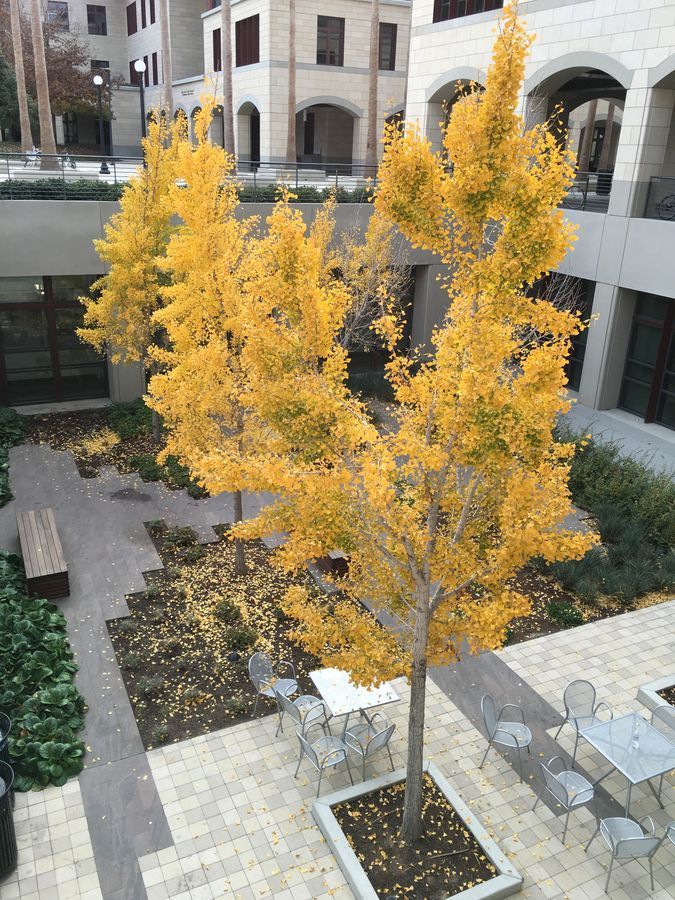
It’s finally fall in California. And the leaves are falling. I couldn’t help but ask myself some questions about why and what causes the leaves to fall. In addition, they were changing colors as well, so I wondered if they changing colors would reveal a changing morphology or indicate a predominantly compositional change.
So I took the following leaves and put one under the foldscope. Since they were half and half, I was hoping catch a spatial variation in the same leaf.
So I took the following leaves and put one under the foldscope. Since they were half and half, I was hoping catch a spatial variation in the same leaf.
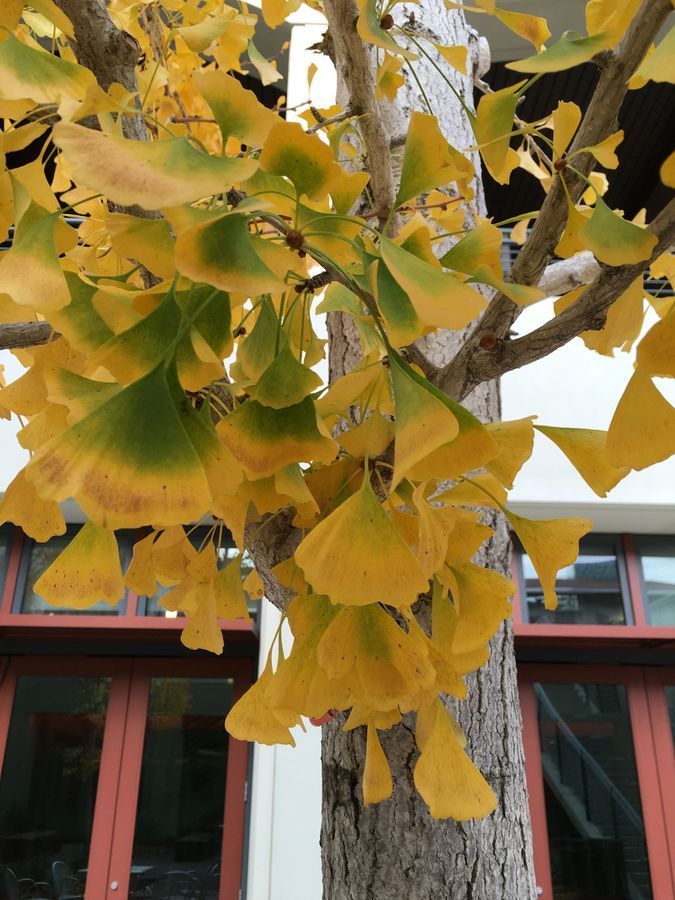
I spent quite some time looking at the leaves and my conclusion is that there is no morphological difference between the green and yellow parts. See for yourself below.
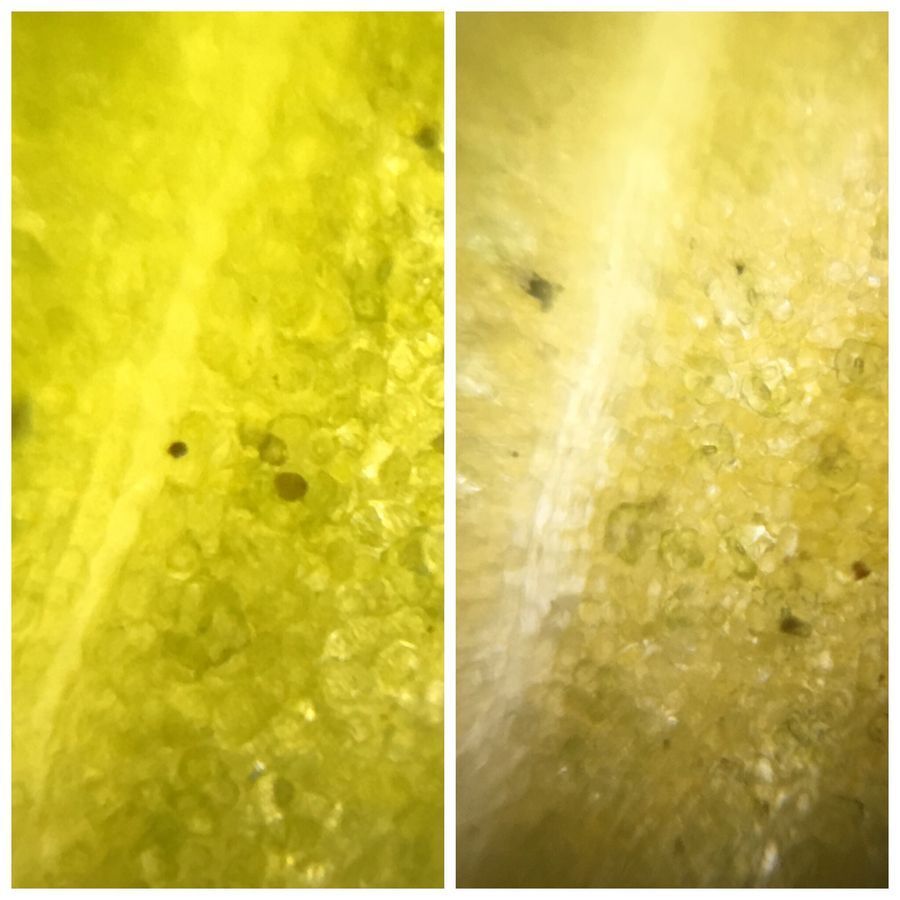
The left side is the green and right is the yellow. Based on my observations, I’d conclude that changing color is a predominantly chemical change (pigments is my guess) and has negligible morphological effects, at least at short timescales. Perhaps later, desiccation would lead to buckled cells.
So to the next question. How do the leaves fall. I observed something interesting on the stems. Here’s a small bit cut out and mounted.
So to the next question. How do the leaves fall. I observed something interesting on the stems. Here’s a small bit cut out and mounted.
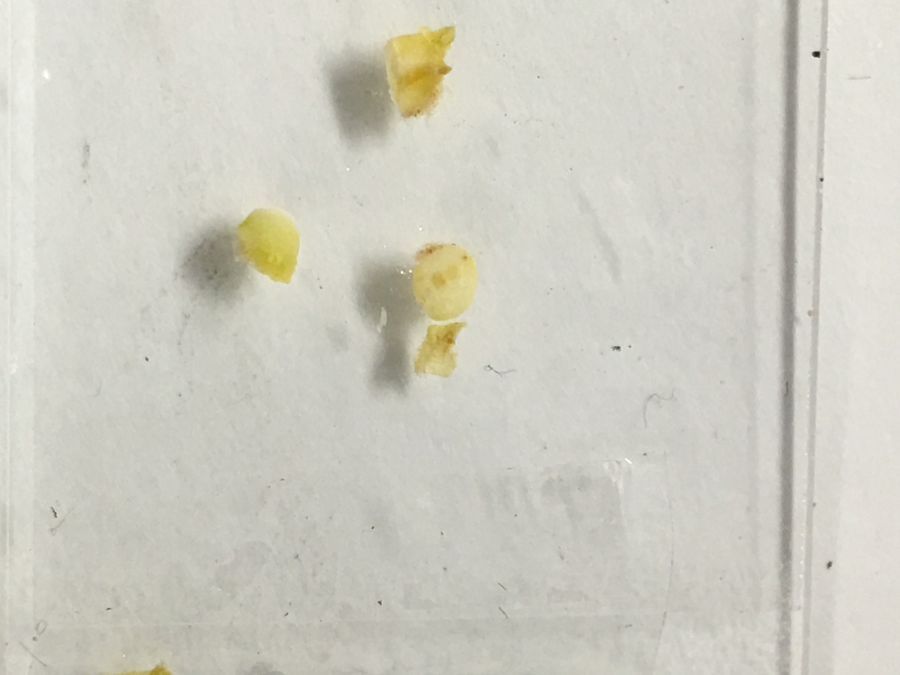
If you look carefully in the above picture, you will observe two dots that look like eyes. I suspect that they are vessels or veins that transport liquid to the leaf. So now I can start making a hypothesis. When the human body becomes cold, it cuts off blood supply to exterior parts as a survival mechanism- perhaps plants respond in the same way. So, the indication to changing color, could be coming either by reduction in water/nutrients through these vessels, which would trigger the leaves to change color and also create desiccated ‘joints’ that would easily break under the slightest mechanical force (wind/gravity).
Here’s the vessels under the foldscope. (Top-view)
Here’s the vessels under the foldscope. (Top-view)
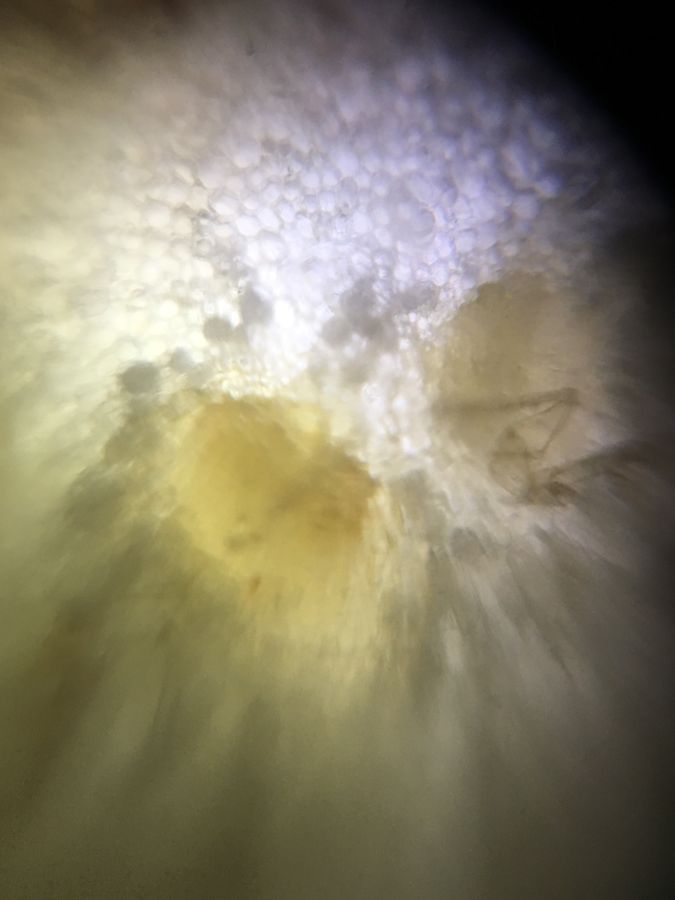
And a side view indicating that they run through the entire stem.
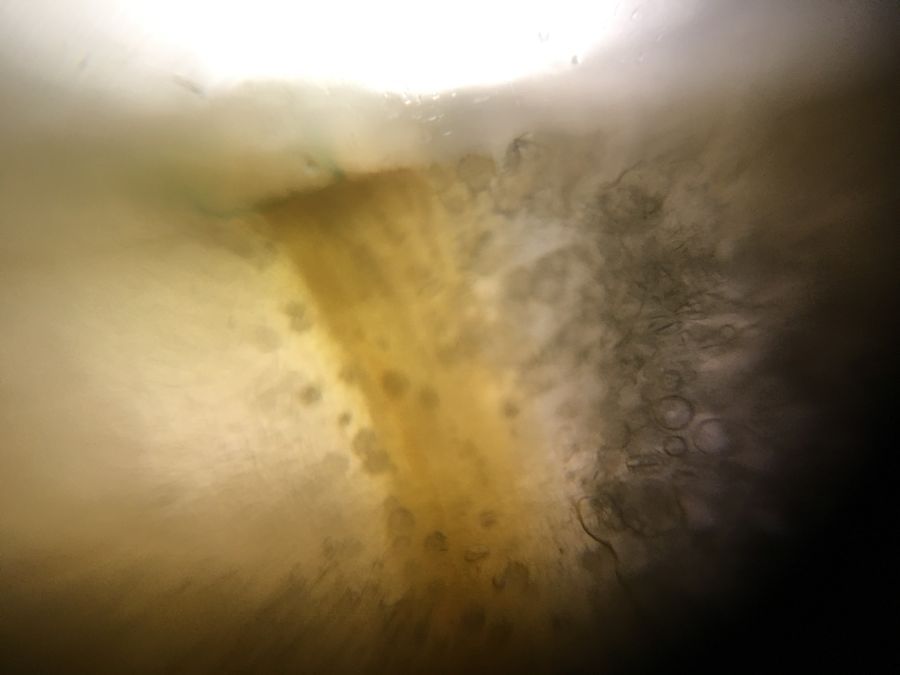
And now for some fun videos.
The first one shows how easily the leaves break. I have to barely touch them. And if you look closely, you’ll see the ‘eyes’ or the vessels that I’m now convinced are the water/nutrient pipeline.
The first one shows how easily the leaves break. I have to barely touch them. And if you look closely, you’ll see the ‘eyes’ or the vessels that I’m now convinced are the water/nutrient pipeline.
Now watch the same breaking for leaves that are partially green. I almost have to tug at them to free them. Notice the ‘eyes’ are not as easily visible.
The last aha moment. The base of the stems in the partially green leaves is still moist and so a darker color. You can barely see it. However you can clearly see the stem and the vessels in the dried versions as they have desiccated and are more yellow.
So I think my hypothesis of the plants cutting supply off has some merit.
I’m quite sure there is a more complicated story behind, but I’m willing to bet that we understood in broad strokes the gist of how and why leaves fall in fall, by just observing closely.
And isn’t that just a wonderful way to learn?
I’m quite sure there is a more complicated story behind, but I’m willing to bet that we understood in broad strokes the gist of how and why leaves fall in fall, by just observing closely.
And isn’t that just a wonderful way to learn?
Sign in to commentNobody has commented yet... Share your thoughts with the author and start the discussion!

 0 Applause
0 Applause 0 Comments
0 Comments
